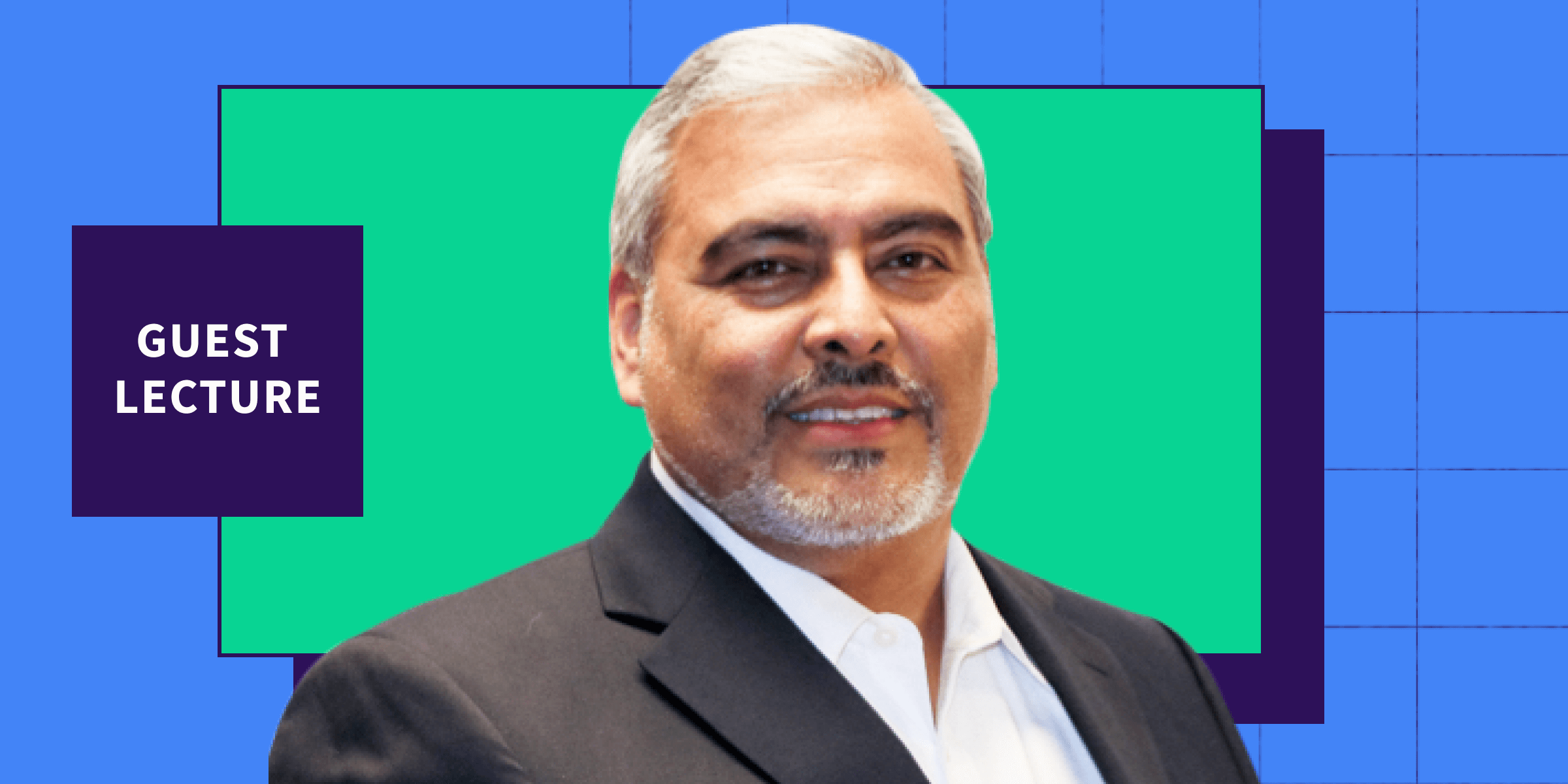The benefits of real-world, student-centered instruction are two-fold: students see increased value in their higher ed investment and the emphasis on building soft skills helps them become more attractive to employers. Like many, psychology professor Joe Sanchez at South Texas College realized that a one-size-fits-all approach to course delivery never really worked all that well. As founder and CEO of the Innovation-Based Learning (IBL) Institute, Sanchez is championing a new instructional model that makes learning more personal and meaningful by helping students tap into their interests and develop the skills necessary for success after college.
The approach is clearly in tune with the desires of today’s students. Data from Top Hat’s latest survey of 3,052 undergraduates underscores the importance students place on skill-building in the classroom. Seventy-nine percent of students say it’s important or very important that their instructors create opportunities for them to develop transferable skills—including communication, collaboration and analytical skills. Sanchez shares how Innovation-Based Learning (IBL) responds to this desire by creating opportunities for personalized, skills-first learning.
How would you describe Innovation-Based Learning? How did it come to be?
Some 36 years ago, I wrote a paper on the need for more real-world and relevant curriculum to engage students in their learning. This process sparked my interest in sourcing a more practical way to learn—which is how IBL came to be. You can think of IBL as an instructional delivery system. It’s a paradigm that matches subject content to a student’s idea, area of interest, major or desired career path. For example, students might learn about math or liberal arts by applying theory to a project or activity they’re passionate about. Since its inception in the mid-80s, IBL has grown into a comprehensive education ecosystem that meets the needs of all students, no matter their institution type, course or level.
How does IBL help students see the relevance and importance of their academics in relation to their passions and goals beyond class?
Traditionally, students might not understand how course content ties to a real-world application. That in turn can lead to retention problems. Metaphorically, we can think of education as a forest. Various pathways in a forest might represent different subjects students have to master. But navigating these pathways without a sense of direction or connection to what matters means students are more vulnerable to getting lost or dropping out.
IBL provides students with their North Star to guide them on their learning journey. Instructors who use IBL are able to anchor learning activities to their students’ idea or innovation, career choice, major, self-employment idea or hobby—hence the name Innovation-Based Learning. It’s a win-win situation for both students and institutions: students are better able to see the value of what they’re learning while colleges have a better chance of retaining students when personal meaning and purpose are put at the center.
We’re seeing growing concern among students about the value they’re receiving for their tuition dollars. Why should faculty incorporate IBL into their courses and how might it address these concerns?
IBL lets students tap into an entrepreneurial mindset. This framework lets students walk away from college with a degree and potentially a marketable product or service that can form the foundation of their career. Plus, IBL positions the professor as a facilitator who can help align student learning to an idea or innovation and structure activities that are specific to students’ interests. As soon as students a) engage in activities that ladder up to their larger goals and aspirations and b) have a facilitator they can rely on, they’re more engaged and motivated in class. This continuous back-and-forth between students, peers and faculty members helps solidify learning because gaps are exposed and strengths are drawn out from day one across disciplines and curricula.
What are some approaches professors might use to incorporate IBL into their teaching philosophy? What does this look like in STEM versus humanities classes?
Learning by doing is the one of the most effective ways for students to learn, expose their own learning gaps and create connections between course material and their area of interest. Let me give you a few examples.
- Math courses: It’s normal for students to question, “how will learning this equation help me with a given project?” As an educator, try and link equations or formulae to an area of interest for students such as algorithms or software development, which will create deliberate ‘aha’ moments.
- Essay-based courses: Consider giving students the autonomy to choose their own topic for an essay. They’re more likely to enjoy applying sentence mechanics or syntax to something that they like learning about or that relates to a larger project they’re working on.
- Psychology courses: Students might apply psychological concepts such as sensation perception to an area of interest, let’s say cosmetology, in the form of a case study.
Today’s students are preparing to enter a drastically different workforce. How does IBL help prepare students?
Modern workplaces are now putting a premium on uniquely human skills—problem solving, communication, collaboration and analytical skills—when sourcing talent. That’s where IBL really benefits students. The framework helps learners develop and hone a wider range of skills that are in demand and can be applied no matter their career path. Students are better equipped to become contributing members of society because they’re given the time and space to nurture the soft skills needed post-graduation.
How has your use of IBL affected student outcomes?
A study of over 630 students and 10 faculty across 15 courses at South Texas College showed that course pass rates rose by as much as 24 percent after math faculty members adopted IBL in their courses. So there’s clearly a positive correlation.
One student shared this with me. They said, “I was someone without an idea or innovation originally. I used my major for this, and answering questions using IBL showed me how every aspect of my career choice has a connection to everything I’m learning.” That’s pretty consistent with the feedback we get. IBL has given students and educators a chance to bring value to course delivery—all while keeping student engagement, motivation and retention at the forefront.
Dr. Joe A. Sanchez is the founder and CEO of the Innovation-Based Learning (IBL) Institute: an organization dedicated to data-driven student academic success at all educational levels. IBL’s mission is to motivate, educate and graduate students. For the past 37 years, Dr. Sanchez has been working in the field of education as an educator, mental health professional and consultant at all levels of education from Pre-K through higher education. He received his Ph.D. in Psychology from Texas A & M University-College Station, Texas and his Masters and BA from University of Texas-Rio Grande Valley (formerly Pan American University). Dr. Sanchez is an author, keynote speaker and lecturer on topics related to education, psychology and innovation. He is in the process of completing two books elaborating on IBL. Dr. Sanchez can be contacted at https://ibl.institute/ or jsanchez@ibl.institute.


